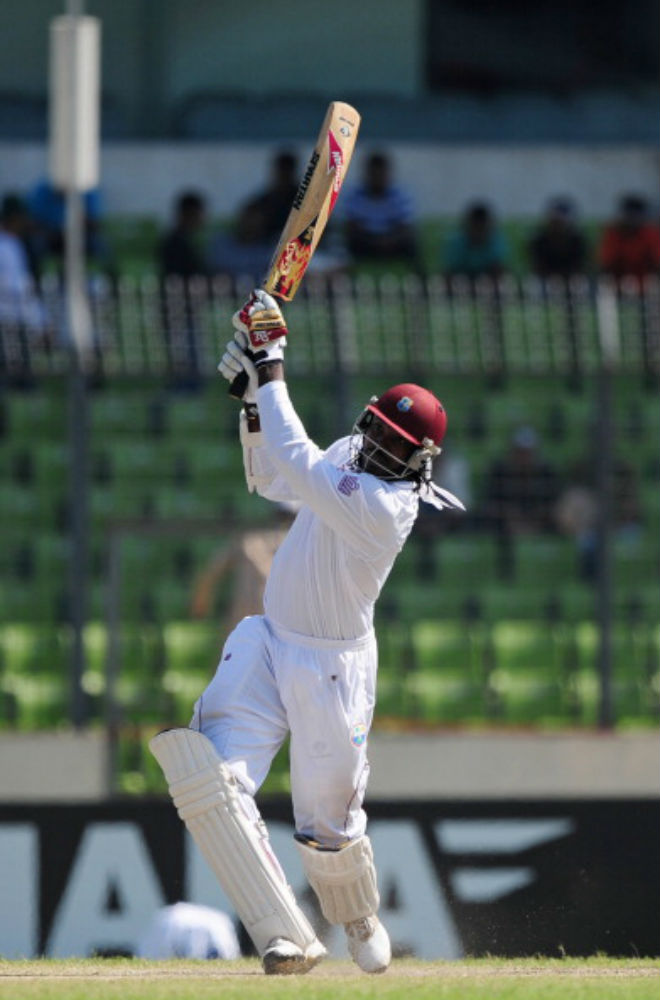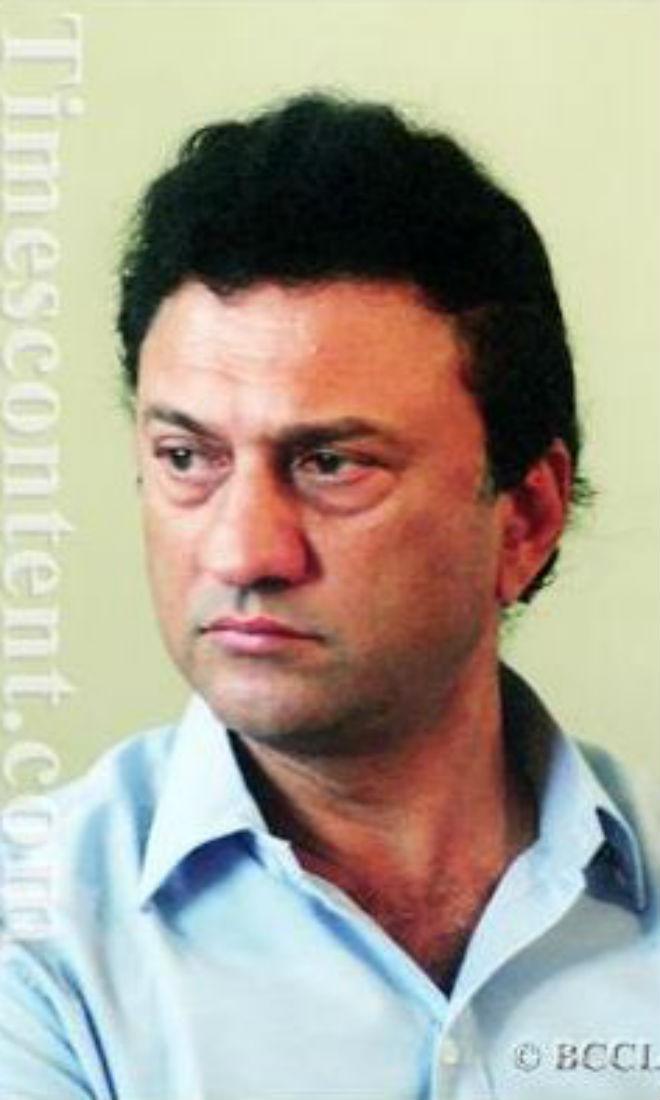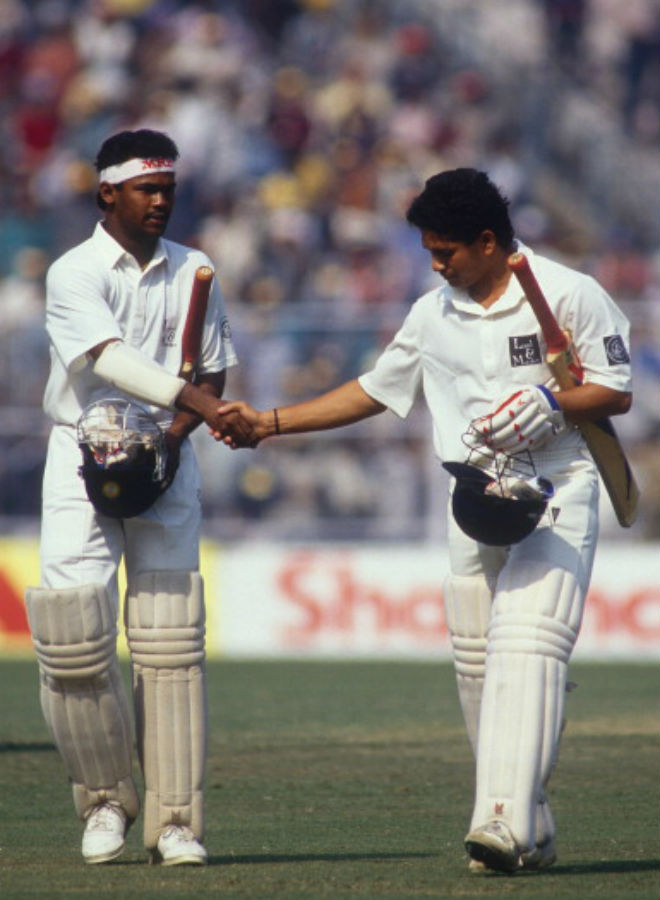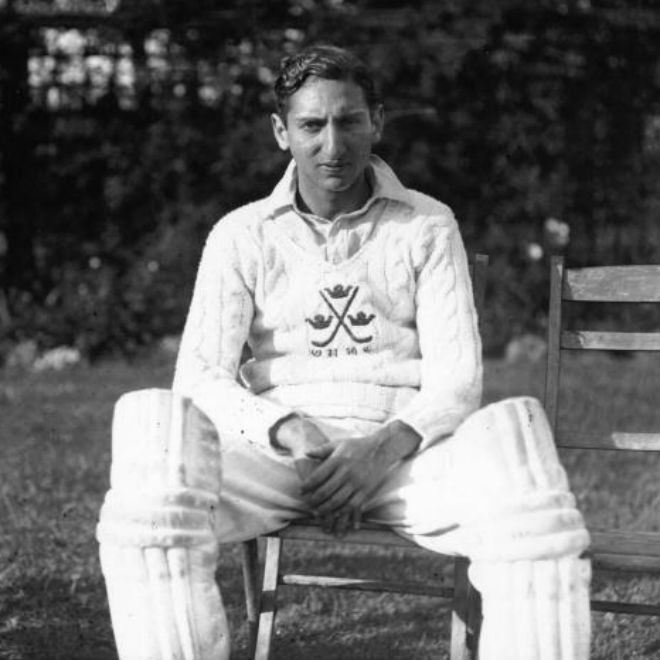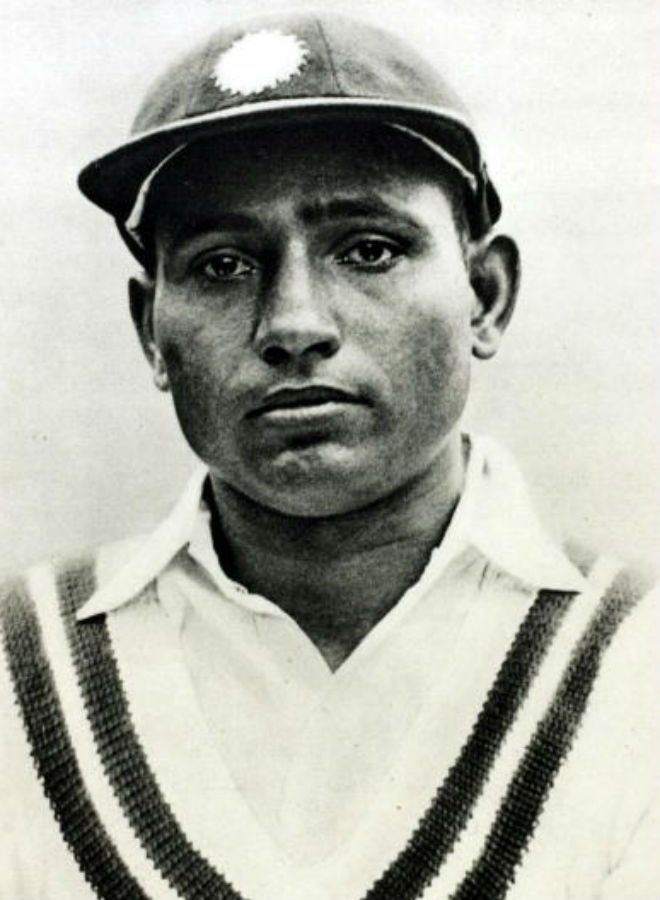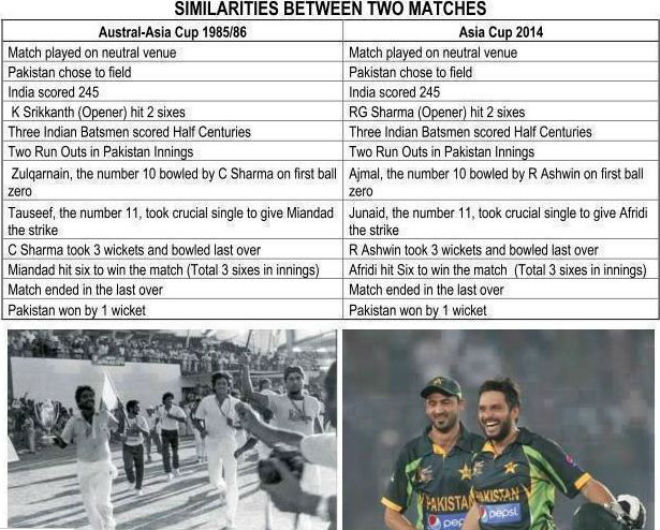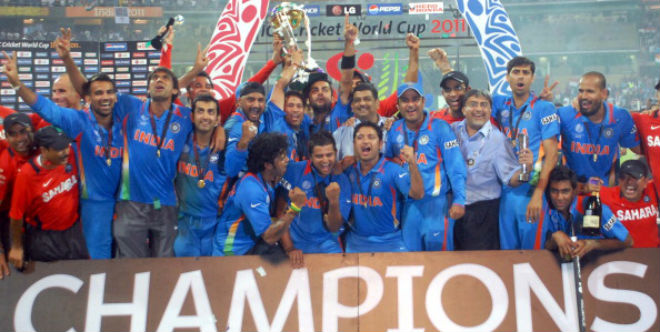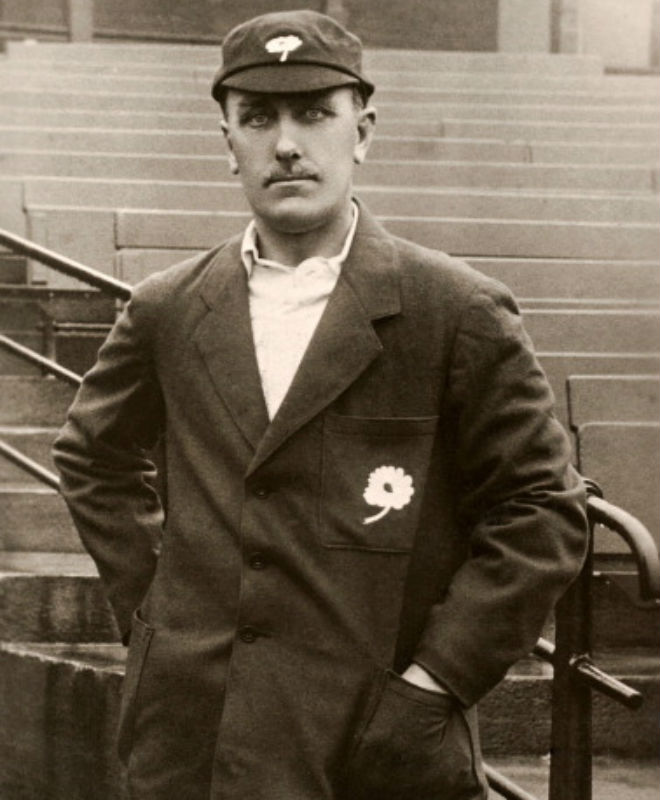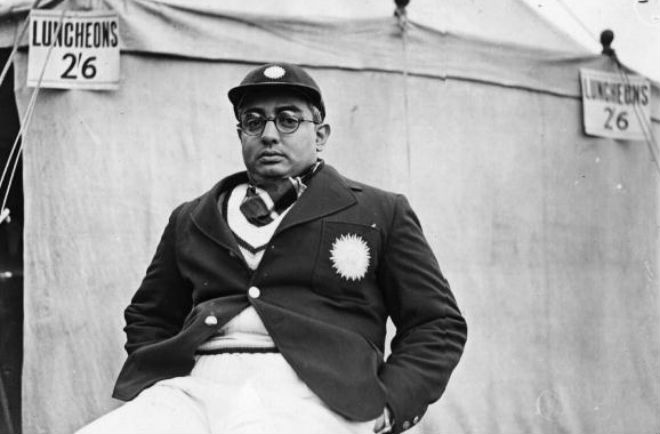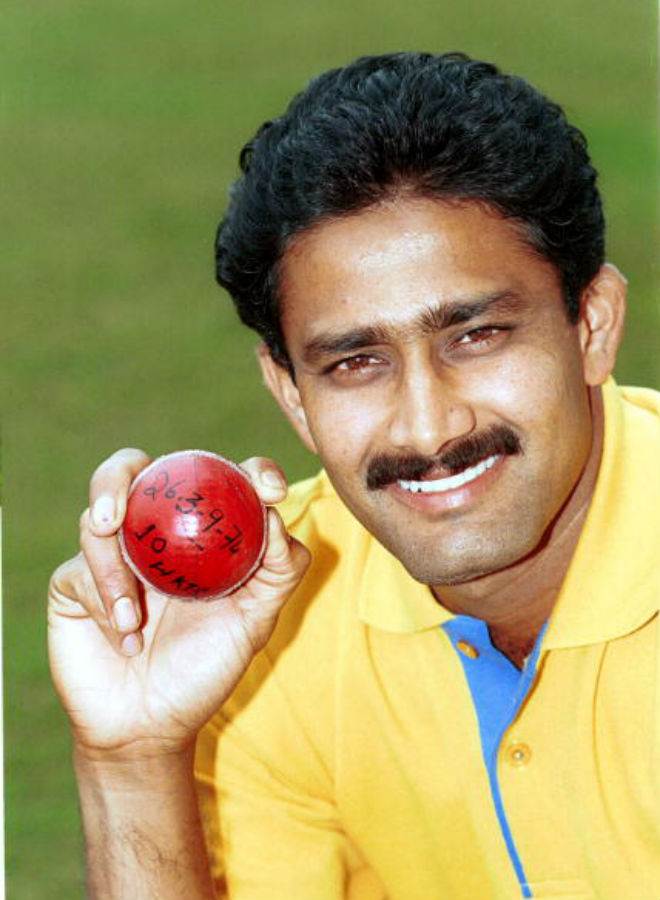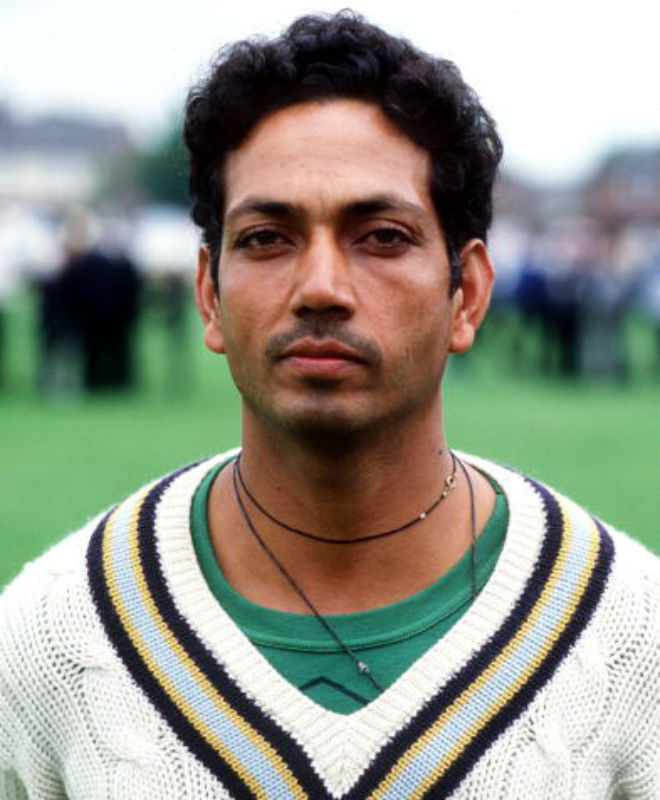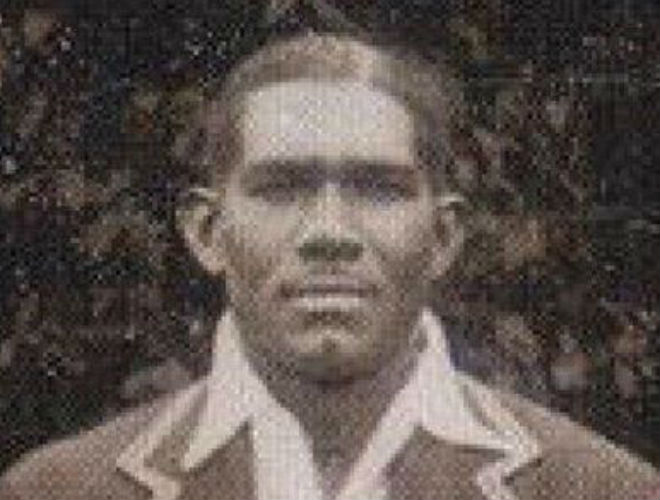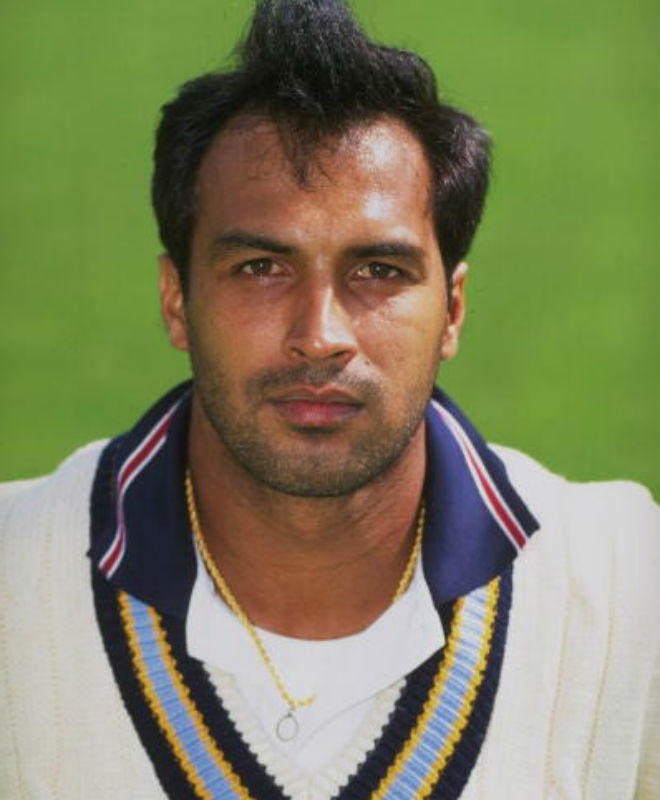. Ordering Costs
Ordering costs are costs of ordering a new batch of raw materials. These include cost of placing a purchase order, costs of inspection of received batches, documentation costs, etc.
Ordering costs vary inversely with carrying costs. It means that the more orders a business places with its suppliers, the higher will be the ordering costs. However, more orders mean smaller average inventory levels and hence lower carrying costs.
It is important for a business to minimize the sum of these costs which it does by applying the economic order quantity model.
Example
AzerGas is a company engaged in gas distribution to households and businesses through its network of pipelines in Azerbaijan. The company expands its pipelines every now and then. Installation of pipelines involves use of specialized high quality pipes, customized valves and other spares and loose tools. AzerGas has only a few suppliers who produce these customized tools. Azerbaijani government regulations require the company to advertise in three national and two international newspapers before placing a purchase order. This will cost $200,000 per order. The suppliers have to modify their own production plans and they charge an amount of $2 million regardless of the size of order. The opportunity cost of staff time spent on drafting the tender documents is estimated at $250,000. Related legal costs are $50,000. In each procurement AzerGas hires a firm for inspection at a flat fee of $100,000. Bank charges an amount of $3,000 as documentation charges.
In this situation, AzerGas ordering costs are $2,603,000 per order (advertisement costs of $200,000 + customization cost of $2,000,000 + opportunity cost of staff time of $250,000 + legal costs of $50,000 + inspection costs of $100,000 + bank charges of $3,000).
Since there are constant improvements in the related technology, the most significant related carrying cost is obsolescence. Other carrying costs which AzerGas would have to trade-off against the ordering costs include the opportunity cost of capital tied up in the expensive tools, the cost of wear and tear of the tools, etc.








